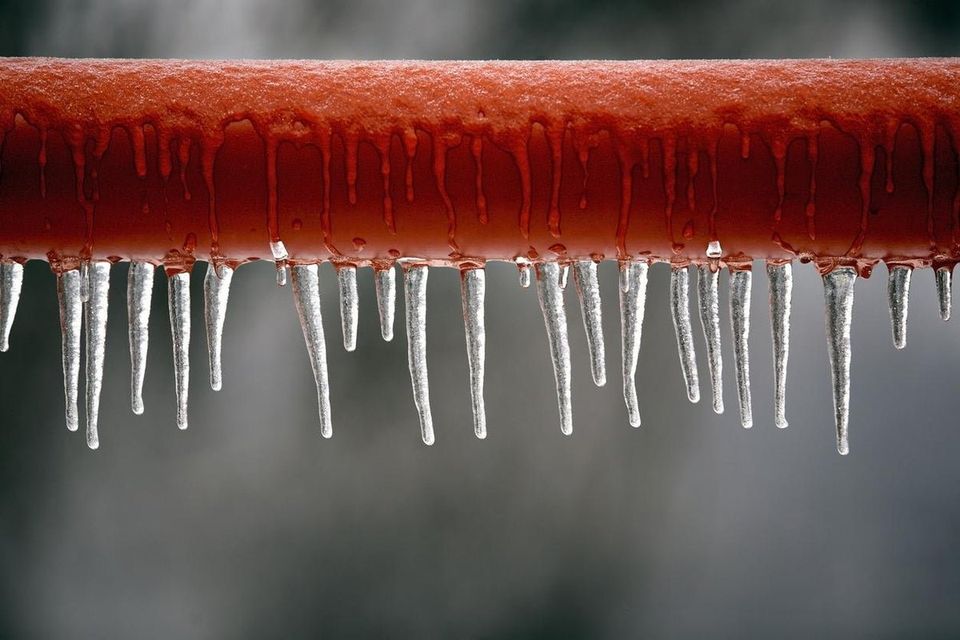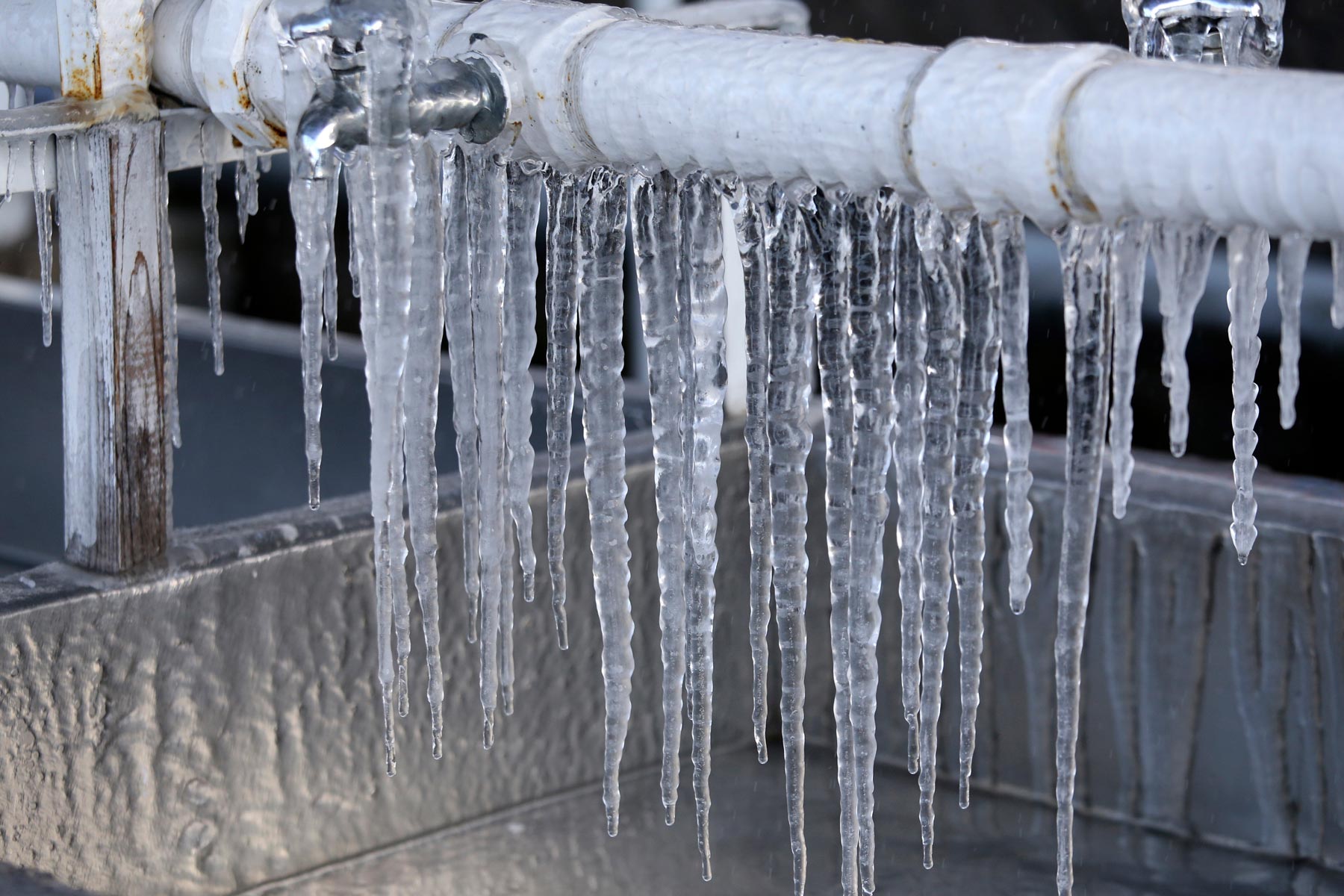Shielding Your Pipes from Cold Weather Damage: Critical Strategies
Shielding Your Pipes from Cold Weather Damage: Critical Strategies
Blog Article
This post below in relation to Prevent Frozen Pipes is especially entertaining. Check it out yourself and decide what you think of it.

Winter can damage your plumbing, particularly by freezing pipes. Right here's how to stop it from happening and what to do if it does.
Introduction
As temperatures decrease, the threat of icy pipes increases, possibly bring about pricey repair services and water damage. Understanding just how to avoid frozen pipelines is important for property owners in cool climates.
Understanding Icy Pipes
What causes pipelines to freeze?
Pipelines ice up when revealed to temperature levels listed below 32 ° F (0 ° C) for expanded durations. As water inside the pipes freezes, it expands, taxing the pipeline wall surfaces and potentially causing them to break.
Threats and damages
Icy pipes can result in water supply disruptions, residential property damages, and pricey repair services. Burst pipes can flooding homes and trigger considerable architectural damages.
Signs of Frozen Pipes
Identifying frozen pipes early can prevent them from bursting.
How to identify frozen pipelines
Seek lowered water circulation from taps, uncommon odors or noises from pipes, and visible frost on revealed pipelines.
Prevention Tips
Insulating at risk pipes
Cover pipes in insulation sleeves or use warmth tape to shield them from freezing temperature levels. Concentrate on pipes in unheated or external locations of the home.
Home heating strategies
Keep indoor areas effectively heated up, especially areas with pipes. Open cupboard doors to enable cozy air to circulate around pipelines under sinks.
Securing Outdoor Pipes
Garden hose pipes and exterior faucets
Disconnect and drain pipes yard pipes before winter season. Set up frost-proof spigots or cover outside taps with insulated caps.
What to Do If Your Pipes Freeze
Immediate activities to take
If you presume icy pipelines, maintain faucets open to eliminate pressure as the ice melts. Make use of a hairdryer or towels soaked in hot water to thaw pipelines gradually.
Long-Term Solutions
Structural adjustments
Consider rerouting pipes far from exterior walls or unheated areas. Add extra insulation to attic rooms, basements, and crawl spaces.
Updating insulation
Buy top notch insulation for pipes, attic rooms, and walls. Appropriate insulation aids maintain constant temperatures and decreases the threat of icy pipes.
Final thought
Preventing frozen pipelines requires aggressive procedures and quick reactions. By comprehending the reasons, indications, and preventive measures, home owners can secure their plumbing throughout winter.
5 Ways to Prevent Frozen Pipes
Drain Outdoor Faucets and Disconnect Hoses
First, close the shut-off valve that controls the flow of water in the pipe to your outdoor faucet. Then, head outside to disconnect and drain your hose and open the outdoor faucet to allow the water to completely drain out of the line. Turn off the faucet when done. Finally, head back to the shut-off valve and drain the remaining water inside the pipe into a bucket or container. Additionally, if you have a home irrigation system, you should consider hiring an expert to clear the system of water each year.
Insulate Pipes
One of the best and most cost-effective methods for preventing frozen water pipes is to wrap your pipes with insulation. This is especially important for areas in your home that aren’t exposed to heat, such as an attic. We suggest using foam sleeves, which can typically be found at your local hardware store.
Keep Heat Running at 65
Your pipes are located inside your walls, and the temperature there is much colder than the rest of the house. To prevent your pipes from freezing, The Insurance Information Institute suggests that you keep your home heated to at least 65 degrees, even when traveling. You may want to invest in smart devices that can keep an eye on the temperature in your home while you’re away.
Leave Water Dripping
Moving water — even a small trickle — can prevent ice from forming inside your pipes. When freezing temps are imminent, start a drip of water from all faucets that serve exposed pipes. Leaving a few faucets running will also help relieve pressure inside the pipes and help prevent a rupture if the water inside freezes.
Open Cupboard Doors
Warm your kitchen and bathroom pipes by opening cupboards and vanities. You should also leave your interior doors ajar to help warm air circulate evenly throughout your home.

We were made aware of that article about 6 Ways to Prevent Frozen Pipes from an associate on our other web blog. If you please take the opportunity to share this page if you appreciated it. Thanks a lot for going through it.
Visit Our Site Report this page